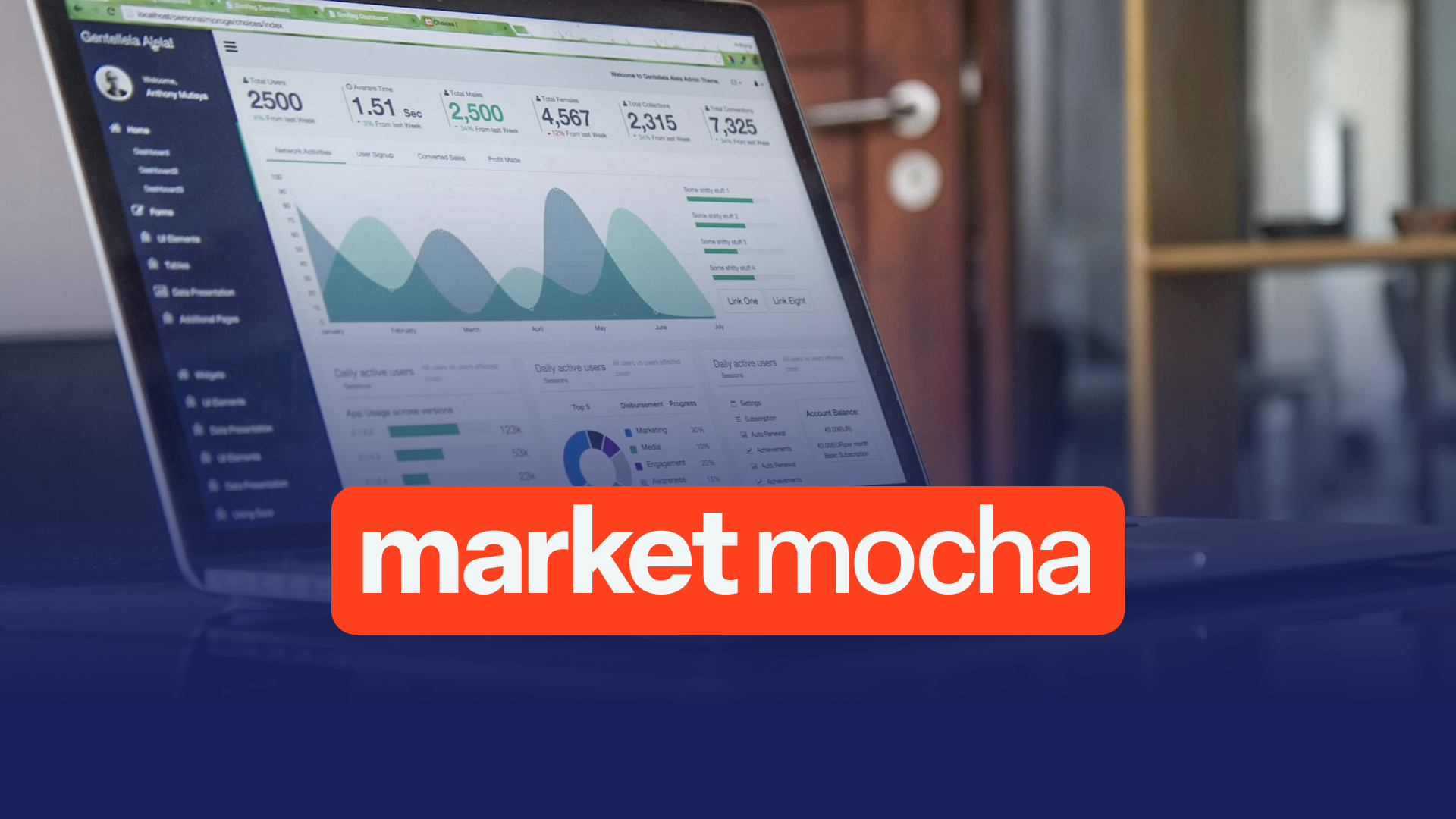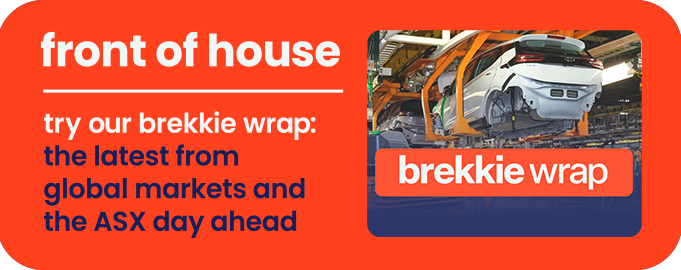Grace period offers little relief as pharma braces for higher prices, supply shocks, and geopolitical fallout
Pharmaceutical companies across the globe are scrambling to prepare for the potential fallout from U.S. President Donald Trump’s proposal to impose tariffs of up to 200% on pharmaceutical imports, a dramatic escalation that could reshape global supply chains and drive up drug prices for American consumers.
Speaking Tuesday, Trump confirmed the long-anticipated industry-wide tariffs would be announced “very soon,” though implementation would be delayed by 12 to 18 months. Despite the grace period, analysts warn the economic impact—on both companies and patients—could be severe.
“Potentially disastrous” for patients and margins
Barclays analysts cautioned Wednesday that a 200% tariff would “inflate production costs, compress profit margins, and risk supply chain disruptions,” potentially triggering drug shortages. UBS warned of a “significant negative impact” on margins for firms manufacturing outside the U.S., while RockCreek Group CEO Afsaneh Beschloss called the measure “potentially disastrous” for patients reliant on timely access to medicines.
Even a 25% tariff, according to research from the U.S. industry group PhRMA, could raise U.S. drug prices by nearly US$51bn annually, with prices rising by up to 12.9% if companies pass on the cost. PhRMA slammed Trump’s tariff plans as “counterproductive to health outcomes.”
Traditionally excluded from trade wars due to their critical nature, pharmaceutical products have increasingly found themselves in Trump’s crosshairs. The White House launched a Section 232 investigation into the industry in April, alleging unfair pricing practices and urging companies to reshore manufacturing. The final report is expected later this month.
Industry response: too little time to adapt
Major global pharmaceutical firms—including Novartis, Roche, Sanofi, Bayer, and U.S.-based Eli Lilly and Johnson & Johnson—have all made public commitments to invest in the U.S. However, UBS analysts said the proposed 12–18 month window is “insufficient,” noting that 4 to 5 years is typically needed to relocate commercial-scale drug production.
“Monitoring the situation closely,” Roche said it remains committed to expanding its U.S. manufacturing footprint. Bayer echoed the sentiment, focusing on “securing supply chains and minimising impact.” Novartis said it had “no changes” to its planned U.S. investments, while other major players such as AstraZeneca, Sanofi, and Novo Nordisk either declined to comment or remained silent due to pre-earnings restrictions.
Hope for carve-outs fading
While the pharmaceutical sector had previously lobbied for a blanket exemption, those hopes have dimmed. The recent U.S.–U.K. trade agreement offered only vague commitments to explore “preferential treatment outcomes” for British pharmaceuticals, contingent on the 232 investigation’s findings. Other regions, such as the EU and Switzerland, may attempt similar carve-outs in ongoing trade negotiations.
Yet the clock is ticking, and lack of clarity is already creating strategic paralysis. “The longer this uncertainty reigns over which sectors are going to be affected and which aren’t, it’s going to have a continuous negative impact,” said ING chief economist Bert Colijn.
Australia in the firing line
Australia, whose pharmaceutical exports to the U.S. were worth A$2.2bn in 2024, is also in Trump’s sights. The U.S. accounts for 38% of Australia’s total pharma exports, with around 87% of that value coming from blood plasma products manufactured by CSL, which supplies critical inputs for transfusions and immunotherapies.
Australian industry and government leaders have warned that tariffs of up to 200% could cost the economy A$2.8bn, including indirect effects on exports used in third-country manufacturing chains. CSL, in a submission to U.S. authorities, has called for a five-year phase-in and exemptions for key biotech equipment.
Australian Treasurer Jim Chalmers and Nationals Senator Bridget McKenzie have both rejected suggestions that Australia compromise the Pharmaceutical Benefits Scheme (PBS) as part of any deal. The PBS, which subsidises more than 900 essential medications, is a cornerstone of Australia’s healthcare system—ensuring access based on clinical effectiveness and cost-efficiency.
Trump’s administration, under pressure from U.S. pharmaceutical lobby groups, has criticised the PBS for “undervaluing innovation” and failing to price drugs according to their perceived worth. But Australia’s centralised model, which negotiates directly with drugmakers, has helped keep local prices far below U.S. levels. American drug prices are, on average, 2.78 times higher than those in other developed countries, according to recent studies.
What happens next?
With the final Section 232 report due within weeks, firms are preparing for multiple contingencies—from cost increases and potential drug shortages to geopolitical tension and consumer backlash.
Despite Trump’s claims that the tariff would encourage domestic production, Beschloss pointed out that reshoring drug manufacturing “takes years” and the result could be a worsening of access in the near term.
Trump’s latest comments follow a string of tariff threats across sectors, including 50% duties on copper and potential blanket tariffs on other trading partners.





